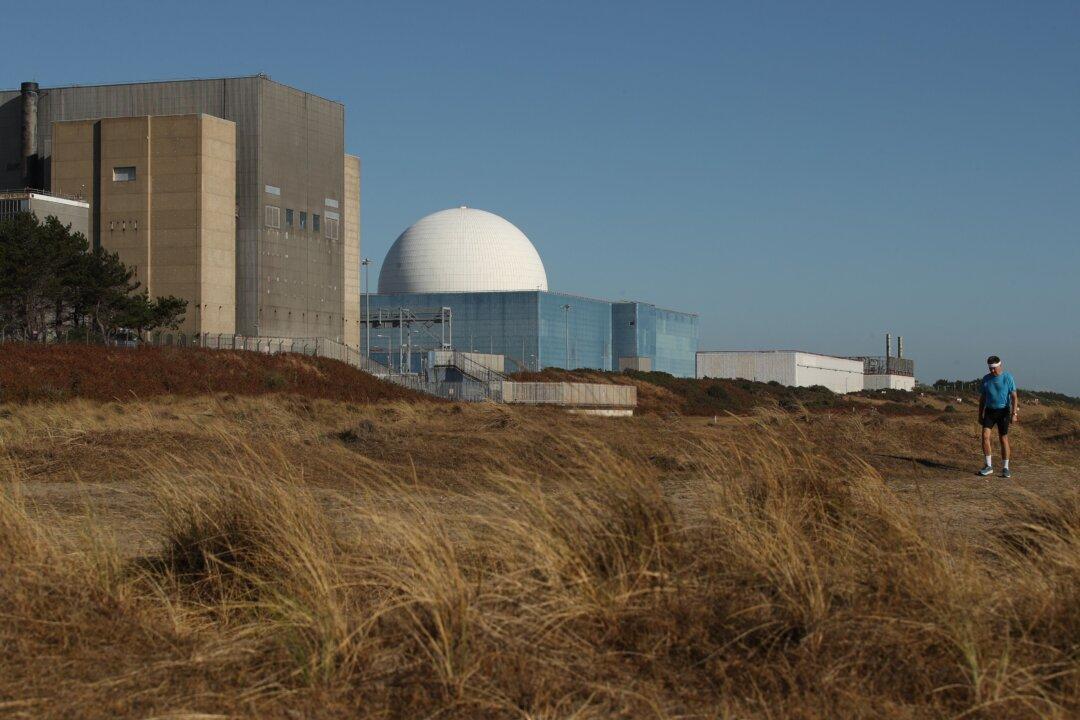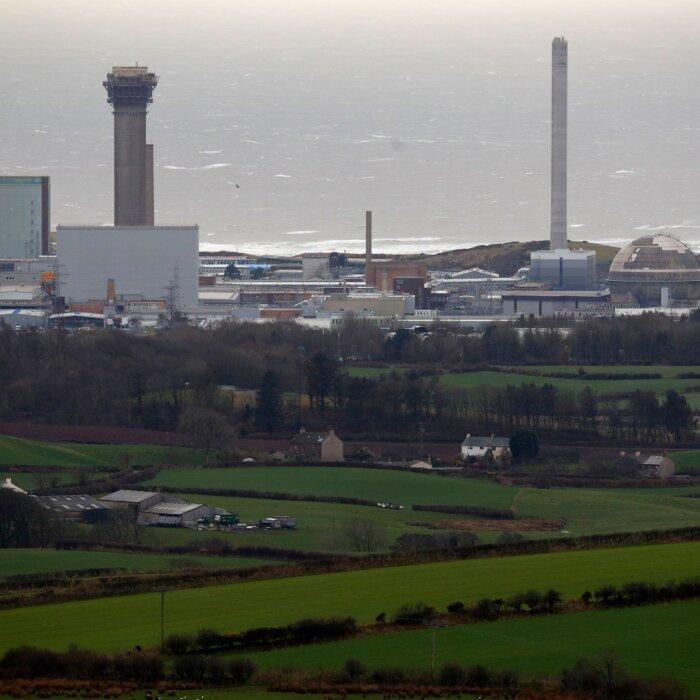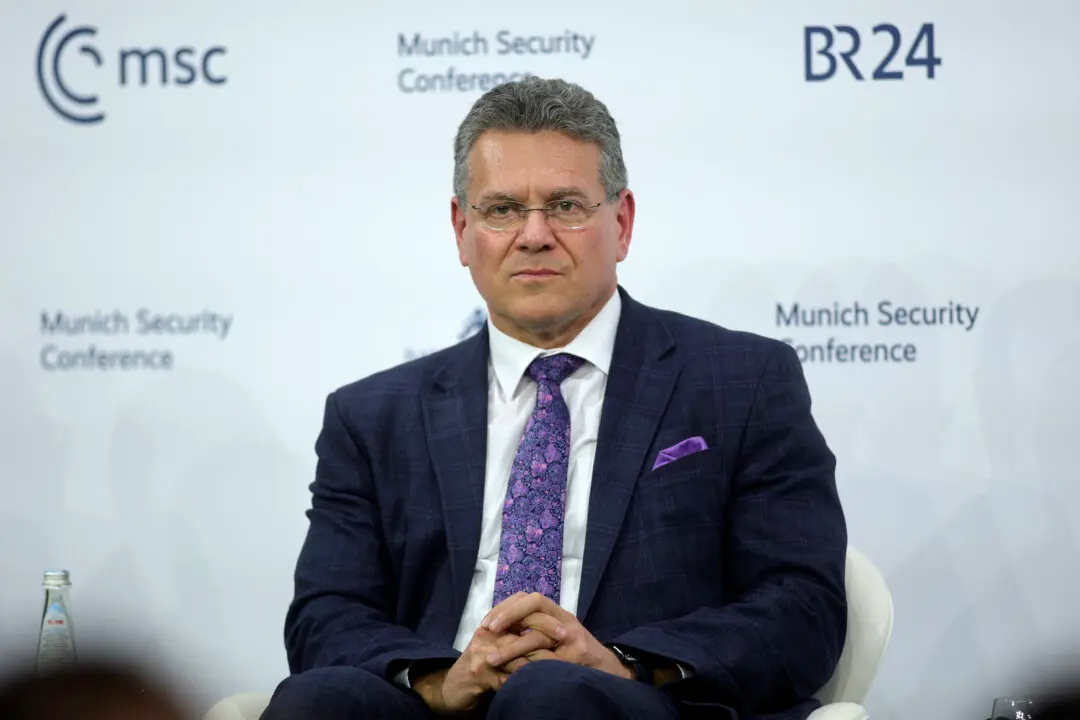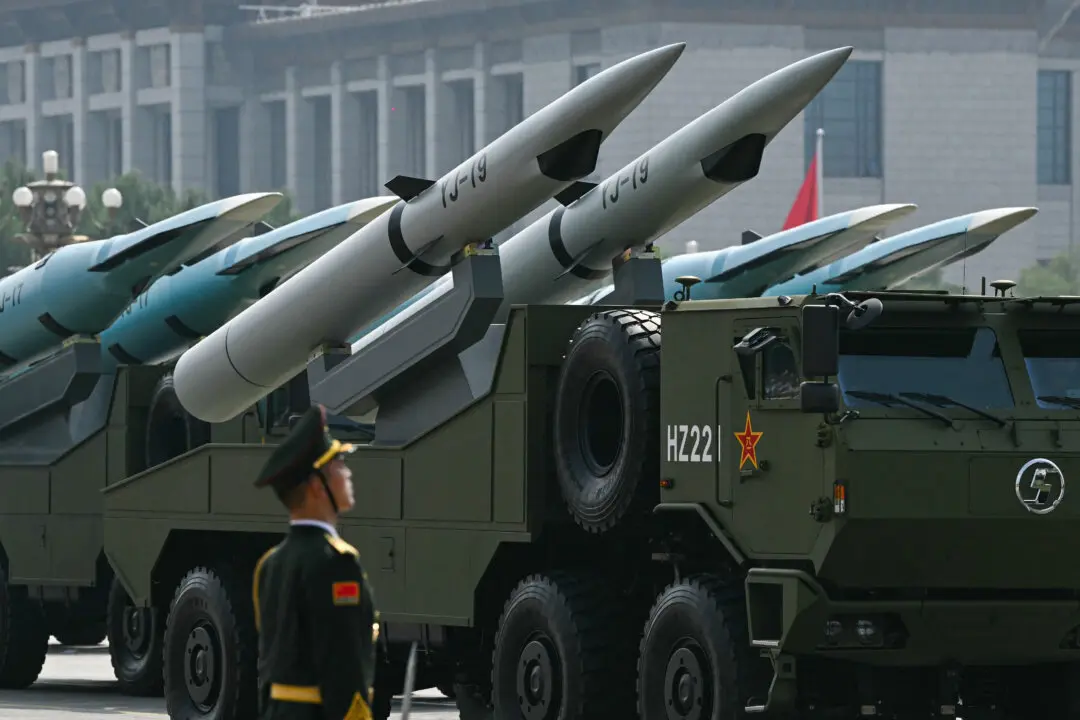EDF Energy is aiming to extend the life of Sizewell B until 2055 and maintain the output from four other nuclear power stations for as long as possible, the company said on Tuesday.
Sizewell B on the Suffolk coast is currently expected to shut down by 2035, and all others are set to close by 2028.
EDF, which manages the UK’s five generating nuclear power stations and three defueling stations, said it’s aiming at extending the lives of the existing stations.
Mark Hartley, managing director of EDF’s Nuclear Operations business, said: “EDF has built a strong track record of safely operating the UK’s existing nuclear fleet, delivering over 35 [percent] more clean power than initially forecast.
“Looking ahead, our aim is to maintain output from the four AGR [Advanced Gas-cooled Reactor] stations for as long as possible and extend Sizewell B by a further 20 years, out to 2055. Maximising output also helps preserve the critical nuclear skills and capabilities that will be valuable for future nuclear projects,” he said.
Extending the life of a nuclear station requires investment and regulatory inspections.
EDF said it plans to invest £1.3 billion in five generating stations over 2024–2026, bringing the company’s total investment to nearly £9 billion since it acquired the stations in 2009.
However, the company added that it’s still “nearly four times the forecast when EDF acquired the fleet in 2009.”
The improved outlook has been driven by life extensions announced for Heysham 1 and Hartlepool in March 2023, EDF said, adding that it plans to maintain output at the current level until at least 2026.
Heysham 1 in Lancashire and Hartlepool in Teeside, both of which have been generating power for 40 years, were previously due to shutdown in March 2024. The deadline has been extended for another two years.
Heysham 2 near Lancaster and Torness in Scotland, which have run for around 36 years, are expected to shut down by 2028.
EDF said a decision will be taken by the end of this year on whether to further extend the lives of the four stations, subject to inspections and regulatory approvals.
The company also said it plans to hire over 1,000 people this year across its various nuclear sites.
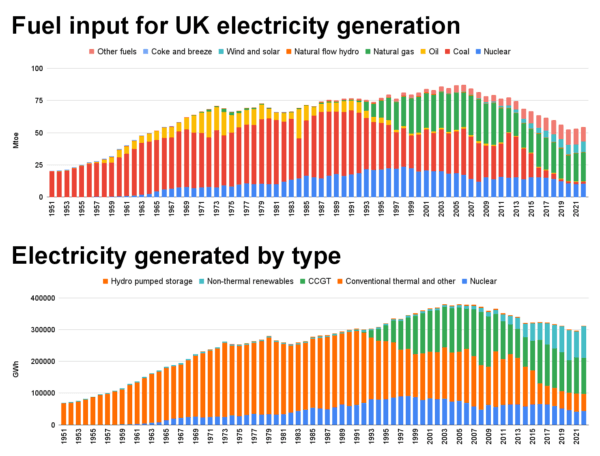
In 2022, around 13.9 percent of the UK’s electricity supply came from nuclear, down from almost a quarter (24.5 percent) in the 1990s as the country moved away from the energy source. Eight plants have been shut down since 1995.
The remaining sites currently have the capacity to general around 5.5 gigawatts, or 15 percent of the UK’s energy demand, but with all but Sizewell B expected to shut down soon, the capacity will be reduced to around 1.2 gigawatts.
The government said in April 2022 that it aims to increase nuclear capacity to 24 gigawatts by 2050.
Meanwhile, Sellafield Ltd. said on Monday that a critical project to upgrade Sellafield’s electrical power network has hit an “important milestone.”
In a joint statement with the Nuclear Decommissioning Authority, Sellafield Ltd. said 33 concrete base slabs have been installed last year, “achieving a key target.”
“Laying slabs on a site as complex and congested as Sellafield is no easy job,” the statement said.
“Each one relies on excavation work in areas with uncertain ground conditions. The team can encounter issues like unexpected pipes, cables, and even asbestos from the site’s earliest days.”
The statement said 255 interconnector bases have been delivered, just over half of what’s needed (500) to support 750 kilometres of cabling to stretch from Sellafield to Land’s End in Cornwall.
